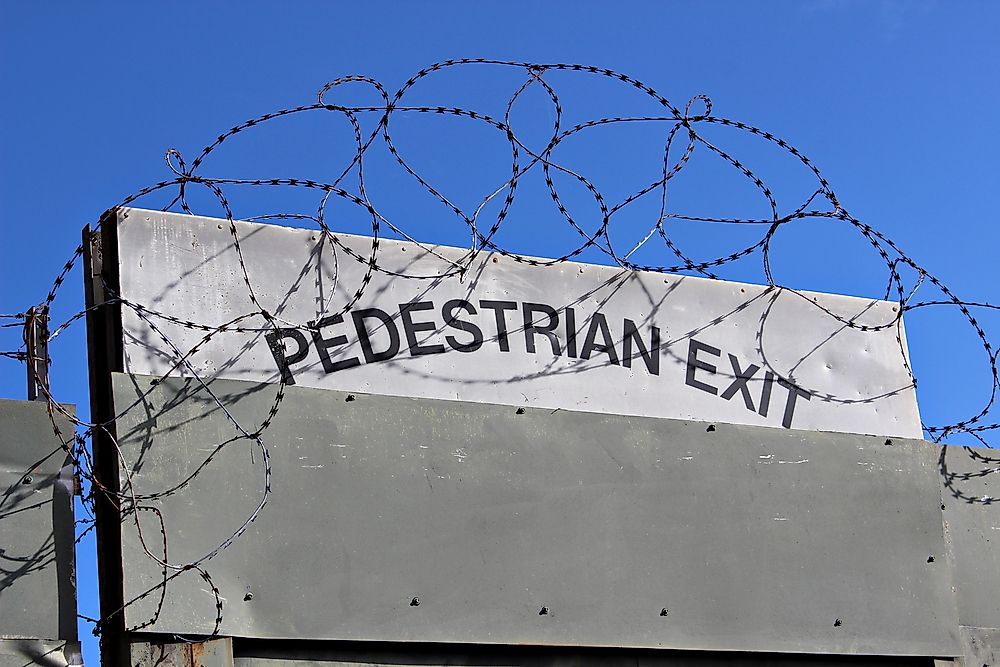What Was the Good Friday Agreement?

The Good Friday Agreement, otherwise known as the Belfast Agreement, was a multilateral agreement that brought about peace in Northern Ireland. For more than 30 years, conflict had ensued between the Unionists who wanted to remain a part of the United Kingdom and the Republicans who wanted to join the Republic of Ireland. The agreement was signed on April 10th, 1998, bringing an end to the conflict between the Unionists who were mainly Protestants and the Republicans who were Catholics. The dispute led to deaths of many people due to the violence and protests organized by the two opposed sides which forced the British government to send its troops to quell the conflict but instead encountered hostility from the Republicans. This period of war from the 1960s is known as The Troubles.
The 1920s
The origins of The Troubles can be traced back to the 1920s when Northern Ireland became independent from the Republic of Ireland. To understand this, you have first to know that before there was Ireland and Northern Ireland, British ruled over the region Ireland. As of this time, Ireland and Northern Ireland were the same. In the 1920s, however, Ireland became independent from the rule of Britain. This led to the creation of the Republic of Ireland which was an independent state, and the region of Northern Ireland which was still under the United Kingdom.
The 1960s
When the region of Northern Ireland was created, a majority of the population was made up of Protestants which meant that the area was full of Unionists (Loyalists). The Catholics who were mainly Republicans (Nationalists) were therefore disadvantaged by the tyranny of numbers even though the extent of being discriminated is still a debate. The majority Protestants consequently had the power to control the institutions and power in the region. The Catholics could not get jobs and homes which made them protest against it (the 1960s). The Unionists led counter-protests.
These protests finally became armed violence. The Republicans had the Irish Republican Army (IRA) as their most significant paramilitary force while the Unionists had the Ulster Volunteer Force (ULF) among others like Ulster Defence Association (UDA). In the summer of 1969, the British forces were introduced in the region to stop the conflict, but more deaths occurred committed by the British troops (14 were killed by the British in 1972). Approximately 3,532 persons died due to the violence. The deceased were mostly civilians due to retaliatory attacks between the factions. During The Troubles, Northern Ireland was under Westminster.
The peaceful 1990s
The 1990s was a period of hope in the region. Peace talks were in motion. John Hume of SDLP and Gerry Adams of Sinn Fein started peace-oriented discussions and in 1994, the IRA ordered a ceasefire. The negotiations, however, continued in June 1996 because the truce broke down due to sporadic violence. The talks involved Irish representatives, the British government, and the Northern Ireland political parties. After the Labour Party came into power in Britain (1997), the process was accelerated by Tony Blair. On April 10th 1998, the agreement was signed in Belfast, Northern Ireland on Good Friday.
The Belfast Agreement
The agreement was in three strands: the first strand created the Northern Ireland devolved Assembly which was to be democratically elected to handle local matters. The second strand allowed for cooperation between Northern Ireland and Ireland while the third strand gave way for dialogue between Britain and Ireland. Britain was also to honor the wishes of the Irish if they wanted to create a united Ireland.
The May 22nd (1998) referendum of both Northern Ireland and Ireland showed that 94% of Ireland supported the agreement while 71% approved of it in Northern Ireland. 96% Catholics approved it while only 52% Protestants accepted it which showed the presence of hard feelings.











